At first glance, the idea of medieval people having pets might feel a bit odd, but animals were such an important part of their lives. They weren’t just for work or food; many animals served as companions, too. Some were practical, like cats catching mice, while others were kept purely for company.
I’ve always found it fascinating how medieval households had pets that not only brought joy but also filled unique roles that went beyond what we expect from pets today. Let’s take a closer look at the animals that kept people company in the Dark Ages—some might surprise you!
Dogs: Faithful Companions and Hunters
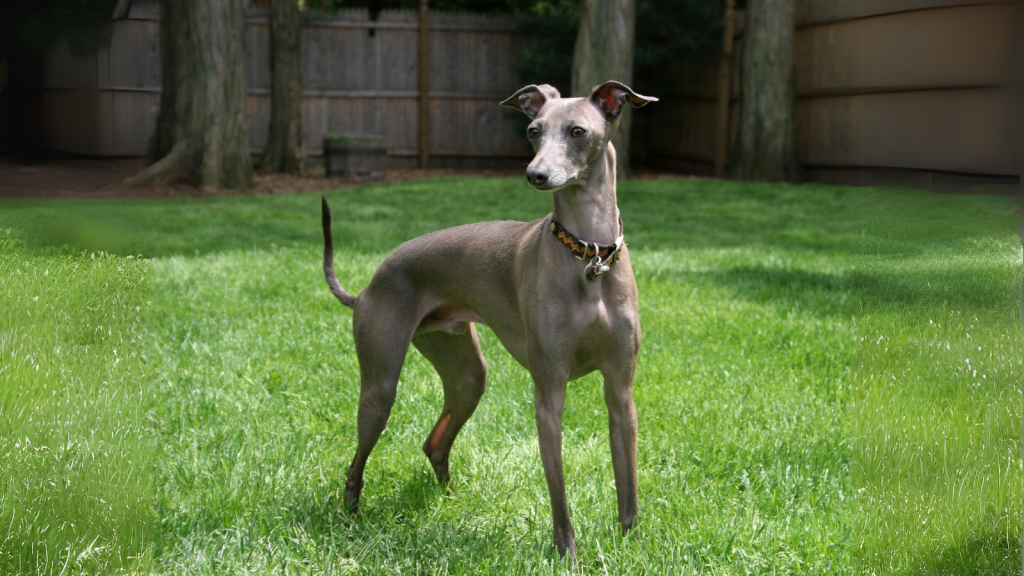
Dogs were beloved in the Middle Ages, just as they are today. Many households kept dogs for hunting or guarding their homes. Greyhounds and mastiffs were especially popular among nobles for hunting, while smaller breeds were favoured for companionship. These loyal animals were valued for their skills, and many noble families lavished attention on their dogs, even including them in family portraits and granting them ornate collars.
Cats: Protectors from Pests
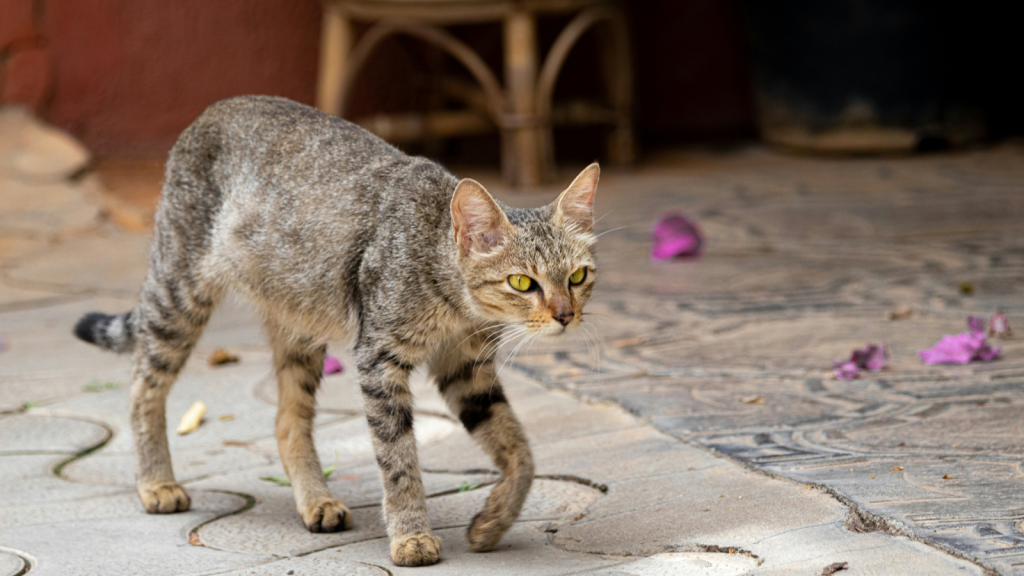
Though they didn’t have the same pampered status as dogs, cats were crucial to medieval life. Farmers, sailors, and even monasteries relied on cats to keep rats and mice at bay. Cats earned their keep by protecting grain stores and other food from pests. While some people held suspicions about cats, particularly in connection with witchcraft, they were generally appreciated for their usefulness.
Falcons and Hawks: The Ultimate Hunting Partners
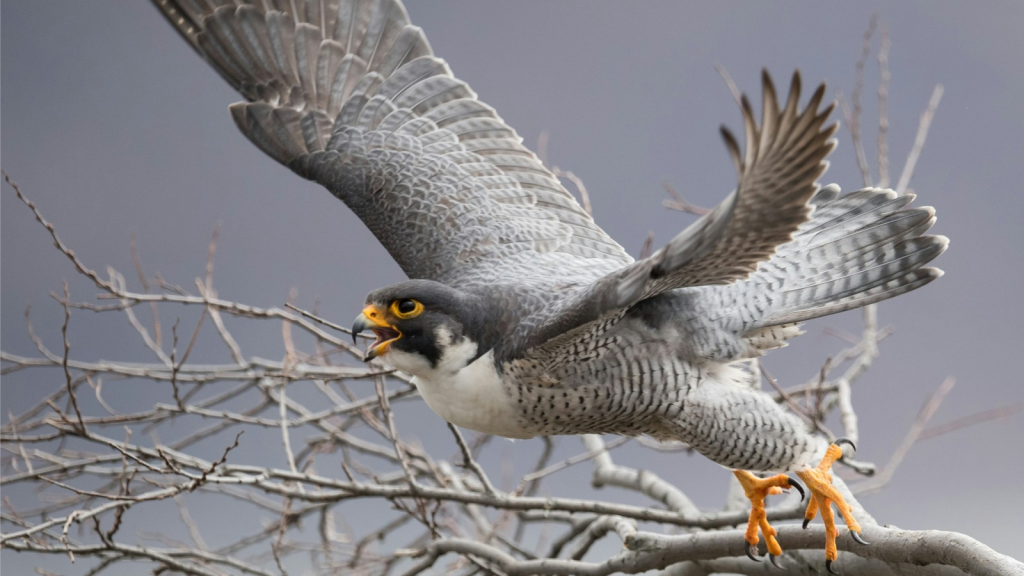
Falconry was a favourite sport of the medieval elite. Nobles would train falcons and hawks to hunt small game, such as rabbits and birds. These birds of prey required skillful training and care, making them symbols of status and wealth. Falcons were often given as royal gifts, cementing their place as treasured pets of the aristocracy.
Monkeys: Exotic and Entertaining
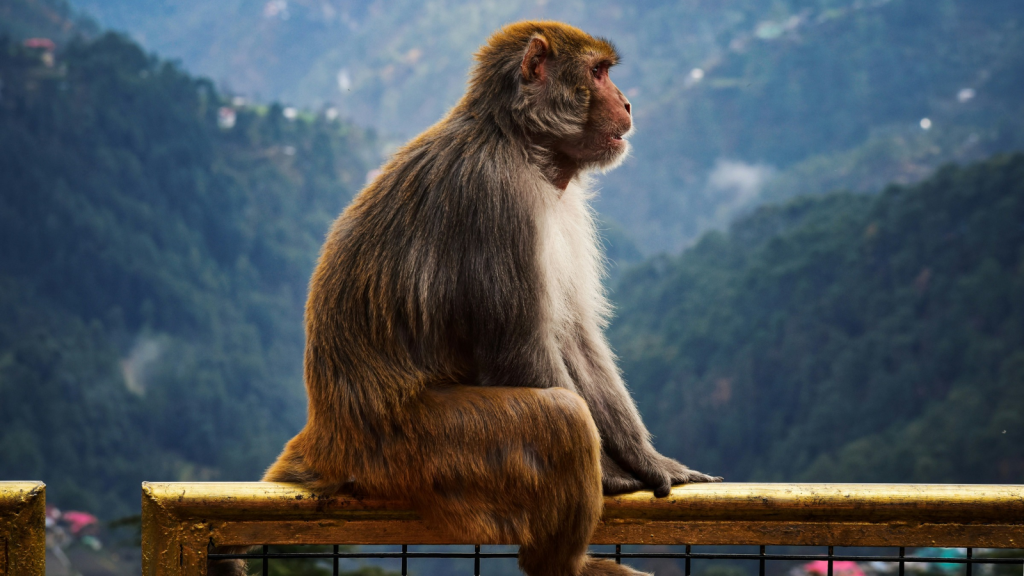
Monkeys were rare pets, owned mainly by the wealthy and powerful. They were seen as exotic creatures and were often imported from faraway lands like North Africa or Asia. These mischievous animals entertained the court with their antics, although they could be difficult to manage. Owning a monkey was a mark of prestige, demonstrating the owner’s connections to distant parts of the world.
Songbirds: Musical Companions
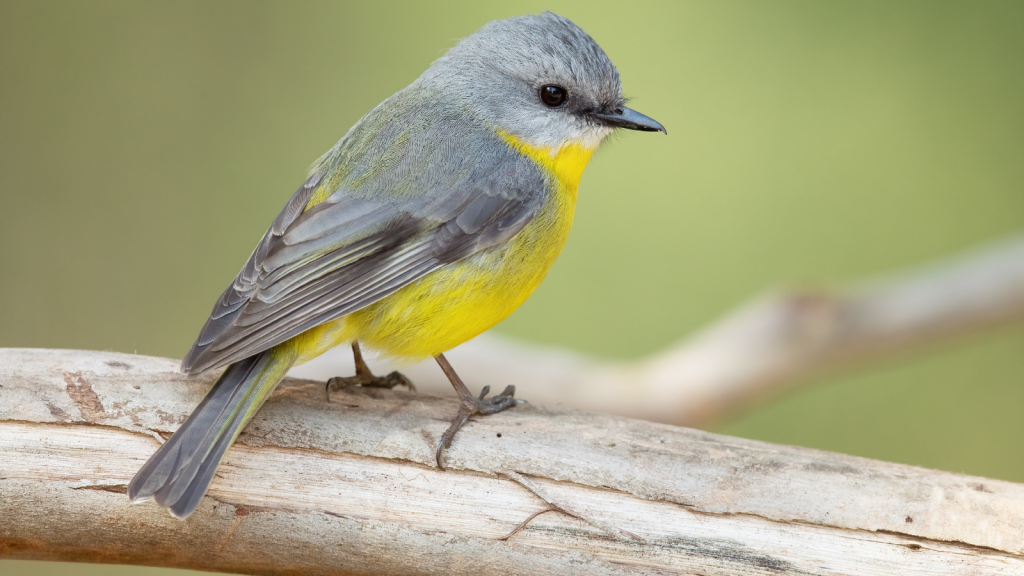
Songbirds were a common pet in medieval homes, especially canaries and nightingales. Their cheerful songs brought joy to many households, especially in urban areas where outdoor wildlife was scarce. Nobles and commoners alike kept songbirds in decorative cages, enjoying their beauty and the soothing sound of their singing.
Rabbits: A Dual Purpose Pet
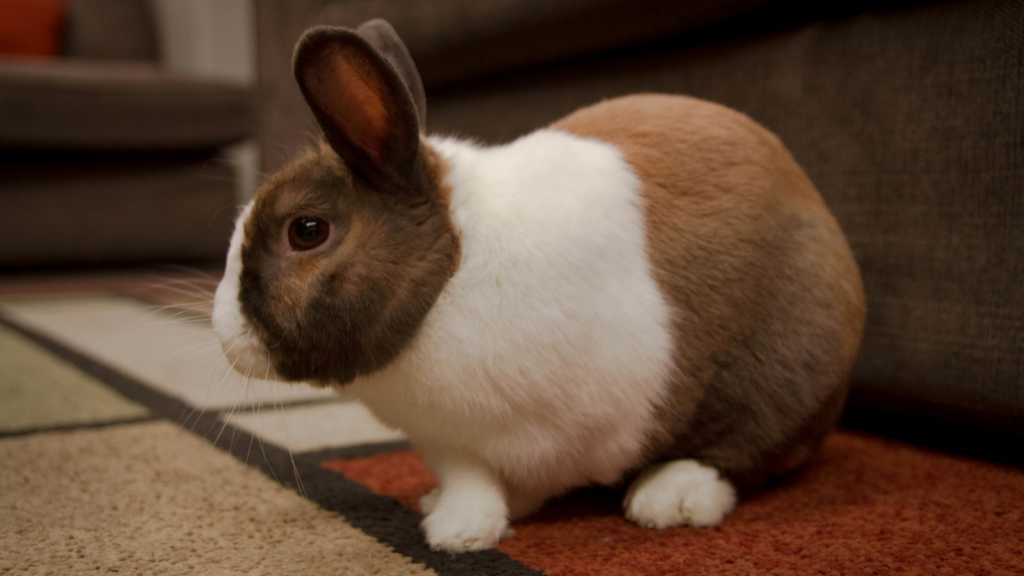
Rabbits were kept for both companionship and food during the Middle Ages. While some people kept them in hutches as pets, they were also an important source of meat. For nobles, raising rabbits in enclosed gardens or warrens was a mark of prestige. They were considered easy to keep and maintain, providing a steady supply of both food and fur.
Horses: Noble Steeds and Trusted Allies
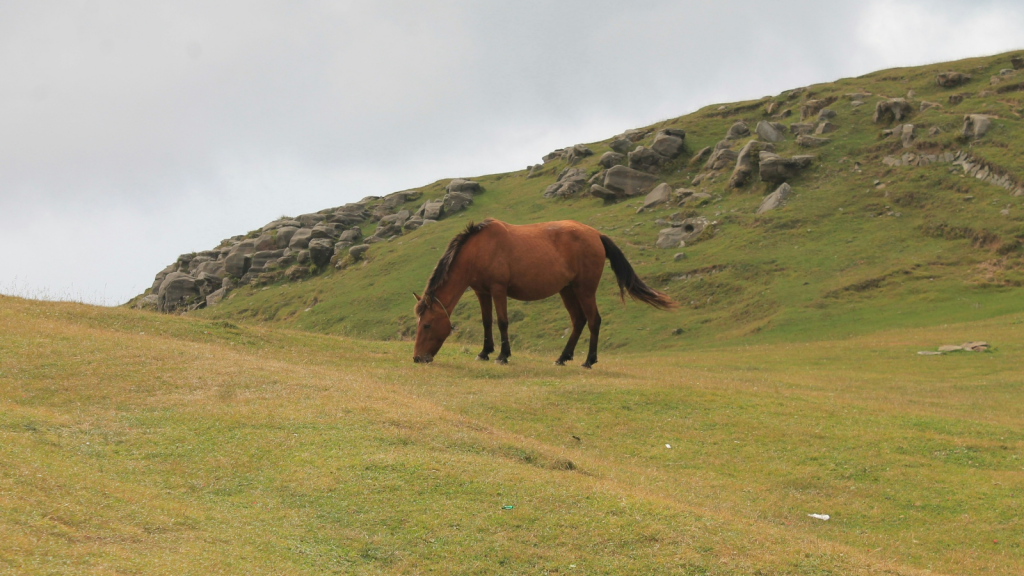
Horses were essential to medieval life, far beyond just being pets. They were relied on for transportation, warfare, and farming. Knights had special bonds with their warhorses, known as destriers, while other breeds were used for riding and cart-pulling. Horses were highly valued, and a knight’s reputation was often tied to the quality of his horse.
Ferrets: Expert Hunters of Small Prey
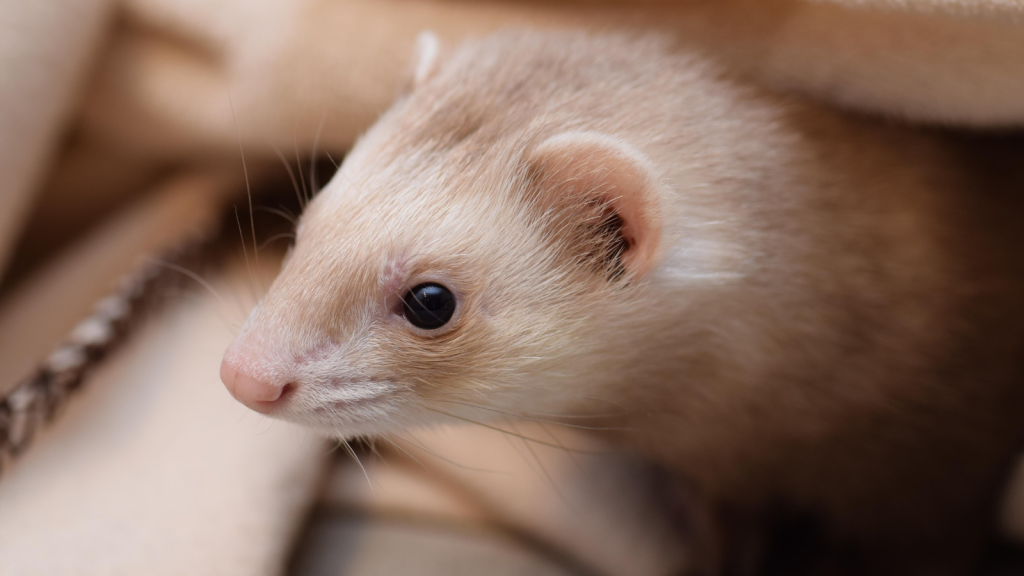
Ferrets were popular pets among hunters in the Middle Ages. Their slender bodies made them perfect for chasing rabbits and other animals was a well-known technique for hunting, and these agile creatures were often kept for that purpose. Ferrets were easy to train and highly effective, making them valuable to both nobles and commoners. Their playful nature also made them enjoyable companions when they weren’t working.
Pigeons: Carriers of Messages
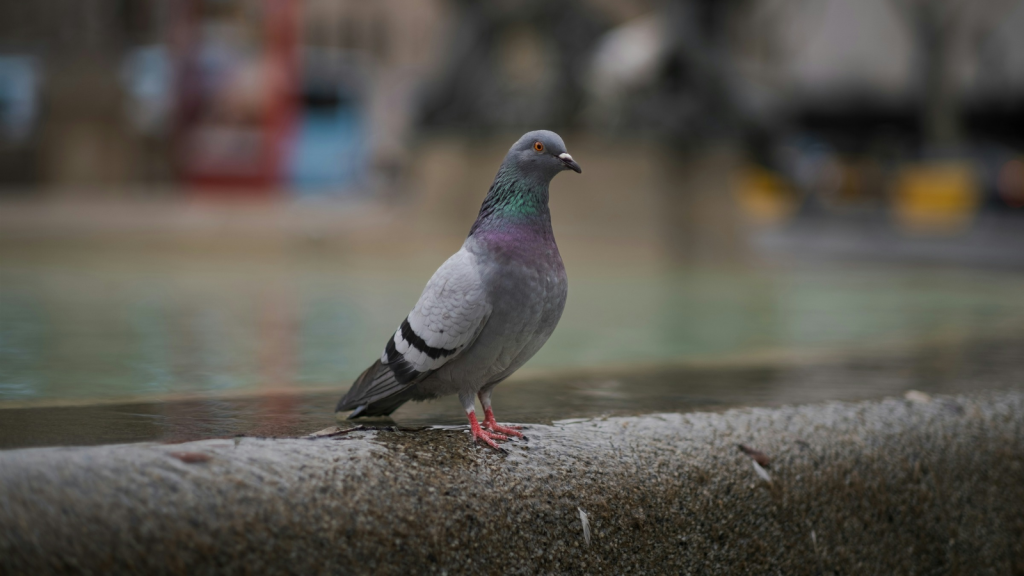
Pigeons weren’t just pets; they played a crucial role in communication during the Middle Ages. Homing pigeons were trained to carry messages over long distances, making them an essential tool in wartime or for communication between distant estates. These birds were highly respected for their reliability and speed, and their ability to find their way home made them indispensable in an age without modern technology.
Goats: Loyal and Useful Companions
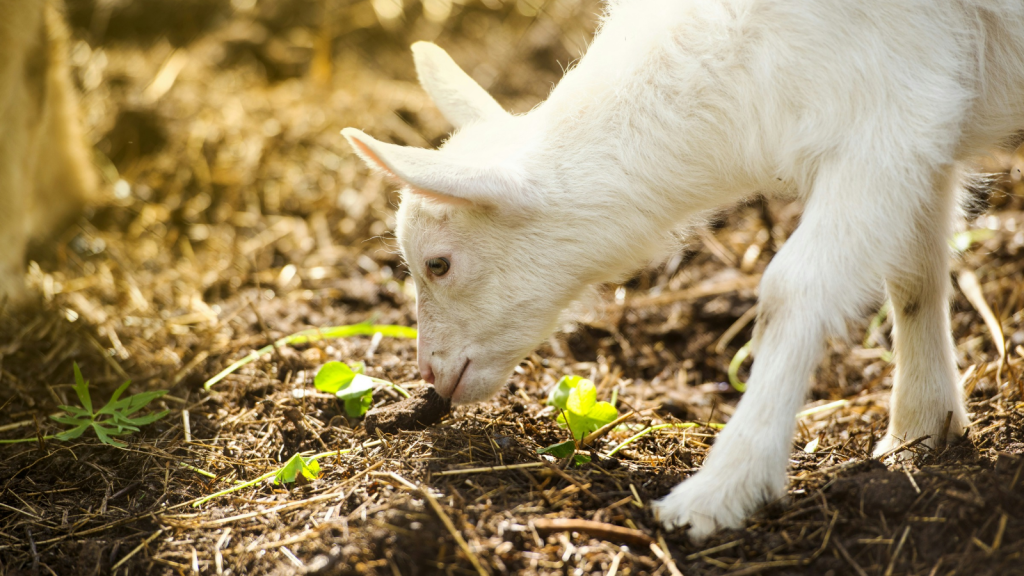
While goats might not come to mind as traditional pets, they were common in medieval households for their milk, meat, and companionship. In smaller or poorer homes, goats were easier to keep than cows and provided a reliable source of dairy. Their curious and often playful personalities also made them endearing to their owners, and they were sometimes kept more for their company than their produce.
What Meg Got Wrong About Megalodons and 27 Other Fascinating Facts About These Colossal Prehistoric Sharks

The megalodon, a massive predator that once ruled the seas, has been extinct for millions of years. Its scientific name, Otodus megalodon, means “giant tooth,” reflecting the enormous size of its teeth, which are far larger than those of today’s great white sharks. The discovery of these teeth has given us valuable information about the megalodon’s life and extinction.
Katy Willis is a writer, master herbalist, master gardener, and certified canine nutritionist who has been writing since 2002. She’s finds joy in learning new and interesting things, and finds history, science, and nature endlessly fascinating.

